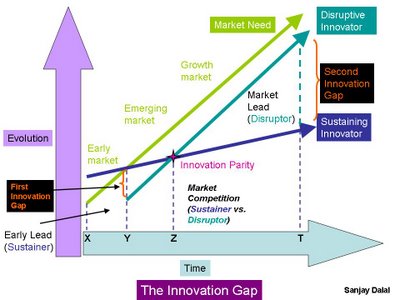After working in and researching everything I can get my hands
on relating to international trade over the last 18 1/2 years,
there has not been much new come along that goes beyond the
tried and true import export business model .... that was, until
about 10 days ago.
Now before we continue, let me tell you up front -
this new
global trade opportunity you are about to discover is not MLM, Network or Referral marketing or anythingof that nature.When I said it is a "new" home based "International Trade"
business opportunity and that's "exactly" what it is.
There is
one very stringent requirement that we will get out
of the way right now ---
you must be a resident of the
United States or Canada to participate. If you live in
any other country, sorry, but this is a highly targeted and
because of the unique mode of operation. It is a very limited
and highly unique new international business opportunity -
you are welcome to watch the video, if you like.
Now to our USA and Canadian friends - it has not been often
in the 18 1/2 years we have been in this business that an
international trade business opportunity, or resource for
that matter, has excited me as much as the one you are going
to learn about in the next few minutes.
Almost every day I talk with people who dream of starting their
own international trade business...escaping the nine to five
grind... achieving financial independence... and giving their
families (and themselves) the lifestyle they so richly deserve.
Yet they have been frustrated by the many supposed
money-making opportunities they've come across.
Perhaps you've seen a few of these offers yourself. Sure, it
looks like you can make good money with them, but they take
far too much time, money, and effort. Even 10 or 20 hours a
week piled on top of your already exhausting work schedule is
too much. After all, most people are looking for ways to spend
more time with their families - not less - and have money to
do the things they have always dreamed about.
It is no wonder so many of the people I talk to are ready to
throw in the towel and resign themselves to doing the best
they can with the job they've got right now, for the rest of
their life.
The good news for you is this - it doesn't have to be that
way for you or anyone else thanks to the unique new (and I
do mean 'unique') international trade program you are going
to hear described in an all new video and slide show posted
on our web site.
In this video, you are going to discover (as I did) that there
is a very, very "Unique" niche opportunity that exists within
the international trade business model. This 'niche' is very
profitable and what sets it apart from most global trade
business opportunities is the fact you will be working
"directly" with the founder of the unique and highly profitable
business model.
I quite frankly have not seen this unique international business
model offered anywhere else and I spend countless hours
researching the Internet, trade publications, etc..
Because this is so unique in your being able to actually
partner with the founder and have access to what only can be
described as a "special secret weapon", he has asked us to
partner with him in identifying 130 highly motivated people to
work with him.
Are you one of those 130? Go watch the video now and after it
ends, click on the links at the bottom or top of the video
screen for a Question and Answer page.
Go watch the video now and discover what this unique
opportunity might hold for you and your family..........New International Trade Business Opportunity Video -
the video may take some time to begin depending upon the speed of your Internet connection so be patient because it is 'well' worth the short wait.Until next time,
Ron Coble

 It weighs only 2.5 oz (about the weight of a "C" battery), and is 35% smaller in size than a credit card. It is the world's smallest flip phone. And then the obvious question comes to mind? Does it pack a punch? Does it have the cool features? The answer is Yes. It has all the standard features of a cell phone and then some. How about a VGA camera with flash, multimedia messaging, tri-bands, instant messaging, speakerphone, MP3 and Music tone ringtones and more. And 35% smaller in size than a credit card. A very small Innovation that consumers are racing to buy, use and enjoy.
It weighs only 2.5 oz (about the weight of a "C" battery), and is 35% smaller in size than a credit card. It is the world's smallest flip phone. And then the obvious question comes to mind? Does it pack a punch? Does it have the cool features? The answer is Yes. It has all the standard features of a cell phone and then some. How about a VGA camera with flash, multimedia messaging, tri-bands, instant messaging, speakerphone, MP3 and Music tone ringtones and more. And 35% smaller in size than a credit card. A very small Innovation that consumers are racing to buy, use and enjoy.

